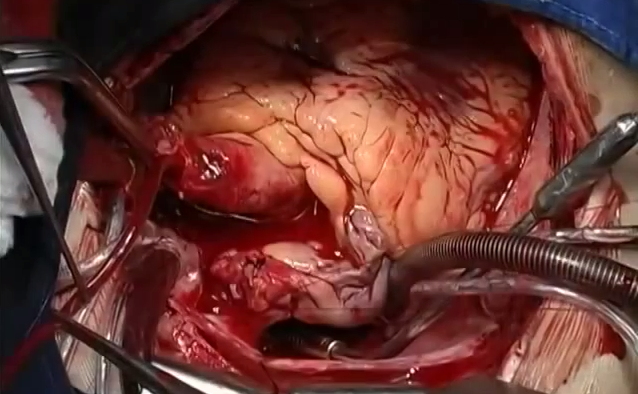Heart Transplant Footage Shows How Far Medical Science Has Come In Keeping People Alive

If you’ve ever lay awake at night, feeling nothing but the rhythmic beating inside your chest, you’ll know the simple, splendid wonder of the human heart. You’re given about 2.5 billion pumps over a lifetime, each one a tiny and gentle reminder that while you may sleep or drift off, it’s working. It is always on and always alive — until it’s not, at which point neither are you.
Since the first transplant at Stanford University Hospital in 1968, doctors and scientists have refined the operation to an astounding degree. The latest footage from Portugal’s Instituto do Coração shows the operation close up, from the perspective of the operating surgeon. What begins with a clean incision into the patient’s chest and a motorized saw to break the breast plate, ends with electric paddles and a pair of gloved hands to massage the new heart into rhythm.
Cardiac transplants reached new heights last December, when a 71-year-old man broke the Guinness World Record as the longest-living patient to have received the operation. John McCafferty, of Buckinghamshire in the United Kingdom, received his new heart at age 39. Thirty-two years later — 27 years after being told he had only five years left — and McCafferty’s foreign heart has nearly outlived his original one.
Worldwide, doctors perform about 3,500 transplants each year. The large majority of those, around 2,000 to 2,300, take place in the U.S., where not only do we boast the largest heart transplant center in the world but we also die from heart disease more than anything else. According to the Centers for Disease Control and Prevention, 600,000 people die of heart disease each year, or one in every four deaths. (Having the best of the best right in our backyard makes a little more sense now.)



























